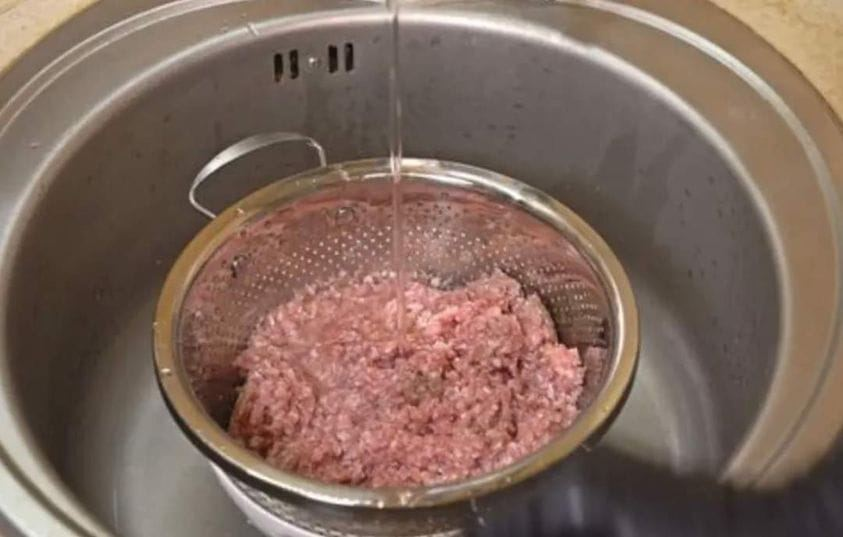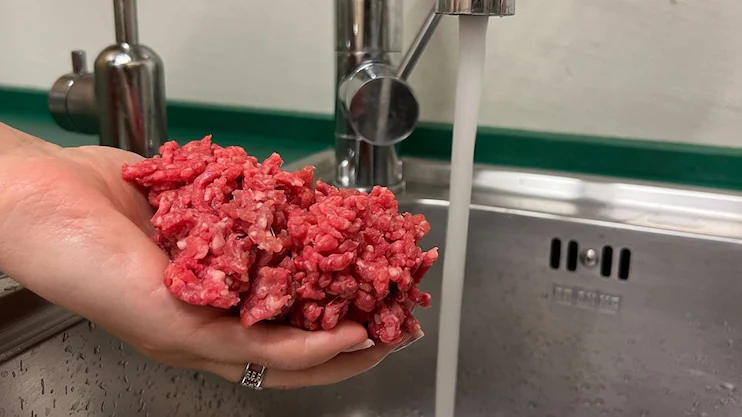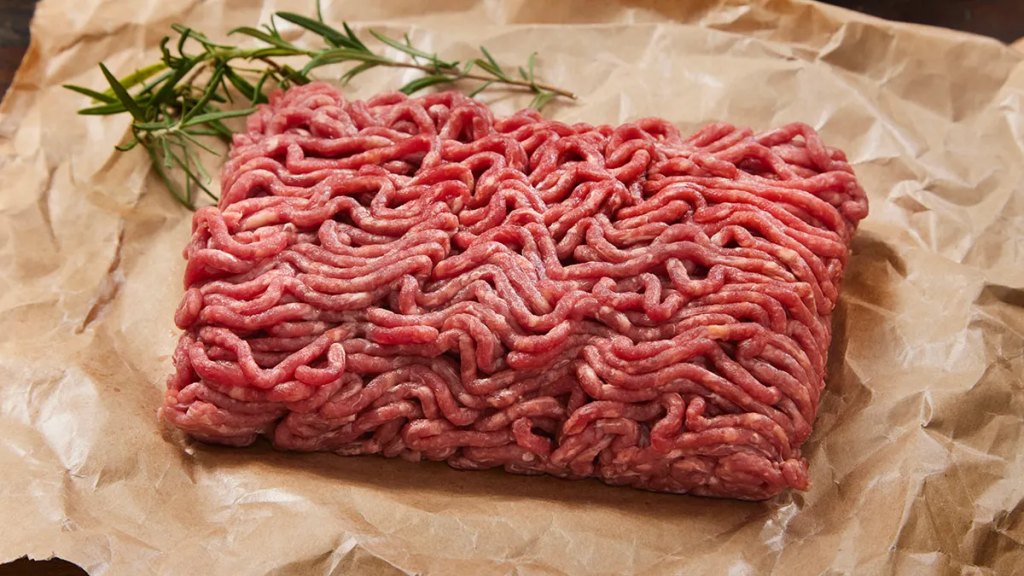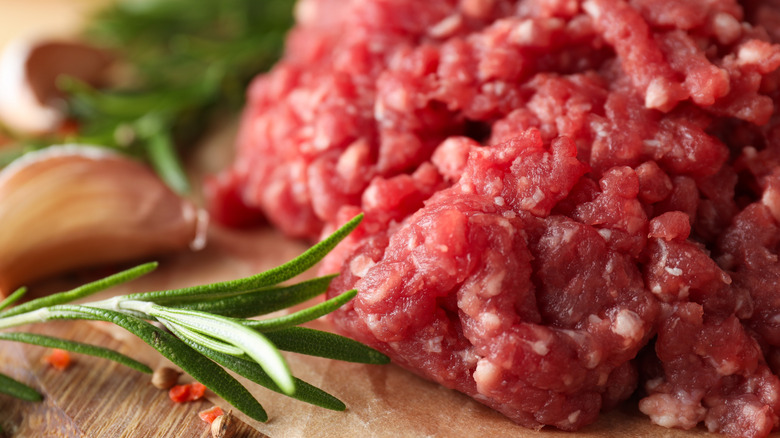TikTok has become a breeding ground for viral kitchen hacks. From slicing onions without tears to whipping up easy baked feta pasta, the platform has sparked a wave of creative home cooking. But not every idea that trends is necessarily a good one — and the latest debate? Whether or not you should wash ground beef before or after cooking.
Yes, that’s a thing. A video recently went viral showing someone rinsing raw ground beef in a colander, sparking heated discussions in the comments. Some viewers swore it made the meat cleaner or removed excess fat. Others were horrified. So, what’s the truth? Let’s break down what the experts have to say.

Why People Think Washing Ground Beef Is a Good Idea
At first glance, rinsing raw meat might seem logical. If you grew up watching someone wash chicken or steak before cooking, you might assume ground beef deserves the same treatment. Some believe it helps remove bacteria or cut down on fat. But while the intent is cleanliness, the method could actually cause more harm than good.
On social media, visuals are everything. People love sharing “kitchen hacks” that appear useful — but that doesn’t make them safe or effective.
Video: USDA recommends against TikTok trend of washing ground beef
What the Experts Say: Skip the Sink
According to Diana Clark, a meat scientist with Certified Angus Beef, the idea that you need to wash your ground beef is simply wrong. “The most important thing to know is that the U.S. food system ensures all beef is safe to eat and does not need to be washed before cooking,” she explains.
She emphasizes that safe storage and proper cooking temperatures are what truly matter. Keep your ground beef refrigerated until it’s time to use, and always cook it to an internal temperature of 160°F. That’s the real secret to avoiding foodborne illnesses — not splashing water around your kitchen.
Cross-Contamination: The Hidden Danger
Let’s talk about what happens when you wash raw meat. Water doesn’t just rinse off the beef — it splashes. And according to the USDA, bacteria-laden droplets can travel up to three feet from your sink. That means your countertops, utensils, dish rack, and even your clean dishes could become contaminated.
It’s easy to overlook this risk, especially when your intention is to be cleaner. But the act of washing raw meat could actually increase the odds of spreading harmful bacteria like E. coli and salmonella.
What About Washing Cooked Ground Beef?

Some TikTok users claim that rinsing the beef after cooking makes it “healthier” by reducing fat. While the logic might sound reasonable, experts say this method sacrifices more than just grease — it rinses away flavor, too.
“If you’re worried about the grease, just drain the beef after browning it,” says Clark. That simple step is far more effective (and safer) than giving your meat a post-cook rinse. “Anything that remains is going to be the great flavor that you don’t want to miss out on.”
Chef Insights: Is This Trend Just a Waste of Time?
Ferrell Alvarez, a well-respected Tampa-based chef and restaurateur, says he’s never once seen or heard of someone rinsing ground beef in a professional kitchen. “I don’t think it’s going to harm anything, but there’s no point at all,” he says.
His advice? Don’t overthink it. Focus on technique and seasoning, not viral shortcuts that strip away taste and create unnecessary risks.
How to Handle Ground Beef the Right Way

Let’s keep things simple. If you’re preparing ground beef at home, these tips will help you cook it safely and deliciously — no rinsing required:
- Store it properly: Keep ground beef cold in the fridge, ideally below 40°F, and use it within 1-2 days of purchase.
- Use clean hands and surfaces: Always wash your hands and sanitize surfaces after handling raw meat.
- Don’t leave it sitting out: Letting raw beef sit on the counter can invite bacterial growth. Keep it chilled until you’re ready to cook.
- Cook to 160°F: Use a meat thermometer to check for doneness. Ground beef should be fully browned and steaming hot.
- Drain, don’t rinse: After cooking, simply tilt the pan and drain the fat into a safe container. Let it cool, then dispose of it properly — not down the sink.
What This Trend Really Tells Us About Online Food Hacks
TikTok can be an amazing source of inspiration — but it’s not always accurate. Food safety isn’t a trend; it’s a science. While a video may rack up millions of views, that doesn’t mean it’s sharing the right information.
It’s always smart to cross-check viral tips with advice from reputable sources like the USDA, certified chefs, or food scientists. Just because something looks clean or healthy doesn’t mean it is.
Conclusion

Washing ground beef — whether raw or cooked — might look like a helpful kitchen trick, but it’s unnecessary at best and risky at worst. Raw meat doesn’t need to be rinsed, and doing so could lead to cross-contamination in your kitchen. Cook your ground beef thoroughly, drain the fat if needed, and trust your technique over TikTok trends.
In the end, the real recipe for success is sticking to time-tested food safety practices. Because the only thing you want spreading in your kitchen is delicious aroma — not bacteria.


